Current status and potential for exploiting resources and cultural tourism products in the Viet Bac war zone
Cultural tourism is a form of tourism in which tourists learn, explore and experience tangible and intangible cultural values at the destination, including historical heritage, architecture, art, customs, beliefs, cuisine and community lifestyle. According to the 2017 Law on Tourism (Article 3), cultural tourism is a type of tourism developed on the basis of exploiting cultural values, contributing to the preservation and promotion of traditional culture, and honoring new cultural values of humanity.
The Viet Bac resistance zone includes six provinces: Thai Nguyen, Tuyen Quang, Ha Giang, Lang Son, Cao Bang, Bac Kan, which is a revolutionary base area, with a strategic position in terms of economy, politics , and military during the resistance war against French colonialism. Today, this land is an attractive destination for source activities, combining cultural and historical tourism, attracting domestic and foreign tourists. The Viet Bac resistance zone has rich tourism resources, a system of revolutionary relics, historical and cultural relics, craft villages, traditional festivals, cuisine, folk performing arts, customs, and beliefs.
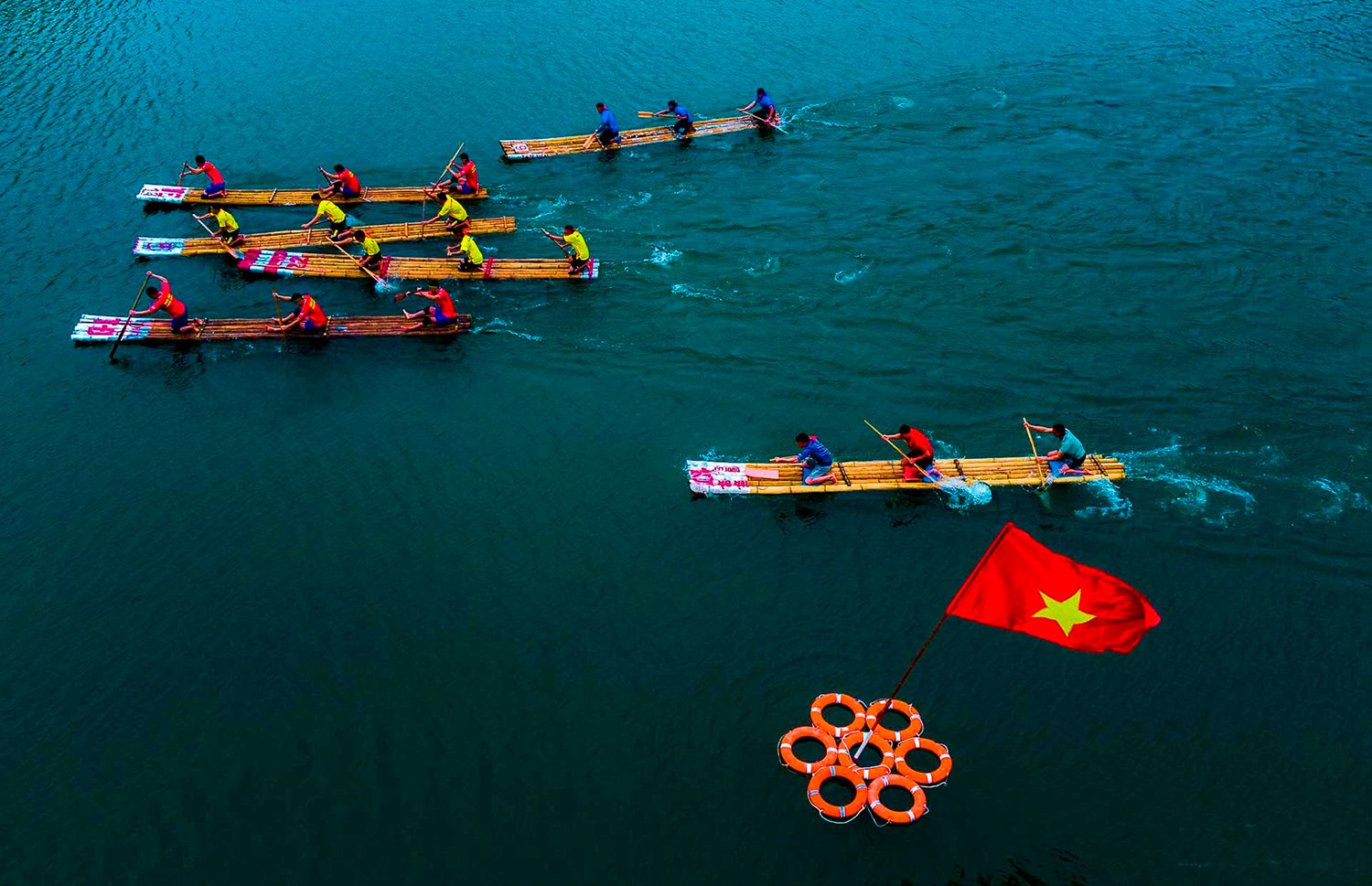
These factors are the foundation for developing cultural tourism, associated with heritage conservation, economic development and new rural construction. In recent times, the provinces in the region have made many efforts to develop tourism, typically the program "Through the Viet Bac Heritage Sites" held annually since 2009, contributing to promoting the image of the Viet Bac war zone. However, cultural tourism activities have not yet fully exploited their potential; tourism products are not yet diverse, infrastructure is limited, community participation is limited, and human resources invested in cultural tourism have not met the requirements. Therefore, it is very necessary to research, evaluate the current situation and propose solutions to develop cultural tourism in the Viet Bac war zone; in which it is necessary to focus on the following contents:
Historical and cultural relics: The most typical historical and cultural relics of the region are the Safe Zone (ATK) sites, including Tan Trao Relic Site (Tuyen Quang Province), Dinh Hoa ATK (Thai Nguyen Province), Cho Don ATK (Bac Kan Province), and a series of other important revolutionary relics. This is the focus of origin tourism, attracting many domestic and foreign tourists to visit and experience nostalgic tourism programs, reporting tourism, historical tourism, etc.
However, the exploitation of relics in the Viet Bac war zone still has many limitations. The work of restoring and embellishing relics mainly stops at building exhibition houses, lacking investment in space design, landscape and architectural art to create a unique impression and attractiveness for tourists. The work of promoting, connecting tours, routes and building cultural tourism products has not been focused on.
Traditional cuisine: The Viet Bac war zone has a rich culinary treasure, bearing strong local characteristics. Animal dishes, such as stone crab (Ha Giang province), Song Lo fish salad, Chiem Hoa field fish sauce (Tuyen Quang province), grilled fish, braised pork, Chinese sausage (Bac Kan province), roasted pork, roasted duck (Cao Bang and Lang Son provinces), thang co (Ha Giang, Cao Bang and Lang Son provinces), smoked meat (Bac Kan and Cao Bang provinces),... Typical specialties of plant origin are also very diverse, such as Bo Dau banh chung (Thai Nguyen province), ap chao cake (Cao Bang province), rolled rice, khau sli cake (Cao Bang province), bamboo rice (Ha Giang and Tuyen Quang provinces), chestnuts (Cao Bang province), men men (Ha Giang province),... In particular, specialty wines, such as Mau Son wine (Lang Son province), corn wine (Bac Kan and Tuyen Quang provinces), San Lung wine (Lao Cai province) and famous teas, such as Shan Tuyet tea (Ha Giang province), Tan Cuong tea (Thai Nguyen province),...
Special places: Special cultural tourist attractions attract tourists, such as Lung Cu flagpole, Landmark 428 (Ha Giang province), landscapes along the border belt (Ha Giang, Cao Bang, Lang Son provinces) and other famous high points. These destinations have great potential for developing adventure tourism, discovery tourism and border tourism, but exploitation is still limited due to lack of infrastructure, unsynchronized and unsustainable border tourism cooperation policies with China. Tourism products at these places are not yet rich, lack appeal, and the tour guides are not professional.
Religious and belief sites: The system of religious and belief facilities is rich, such as Ha Temple, Thuong Temple, Mau Y La Temple (Tuyen Quang province); Phu Lien Pagoda, Duom Temple (Thai Nguyen province); Sung Khanh Pagoda (Ha Giang province); An Ma Temple (Bac Kan province); Phat Tich Truc Lam Ban Gioc Pagoda (Cao Bang province); Ky Cung Temple, Tam Thanh Pagoda (Lang Son province) are important spiritual destinations. Some spiritual destinations have attracted a large number of tourists; however, product development is still spontaneous, lacking strategy and regional linkage between localities in the region. Dependence on outside businesses is limited and tourists are proactive in choosing destinations.
Traditional craft villages: Unique craft villages such as brocade weaving, making dong vermicelli (Bac Kan and Cao Bang provinces), tea making (Thai Nguyen, Ha Giang and Tuyen Quang provinces, etc.), silver carving (Ha Giang and Cao Bang provinces), incense making (Lang Son province), bronze casting (Cao Bang province) all have the potential to combine with tourism to create attractive experiential products. The scale of exploitation is still small, lacking regional connectivity and there are no common products with high recognition. This requires investment, planning and development of craft village products, associated with unsustainable cultural tourism.
Traditional festivals: Festivals such as Long Tong festival, Den Ha festival, Den Thuong festival (Tuyen Quang province); San Chay people's harvest festival (Thai Nguyen province); Buckwheat flower festival, Khau Vai love market (Ha Giang province); Cannon shooting festival, Nang Hai festival (Cao Bang province); Ky Cung - Ta Phu festival (Lang Son province) all have great cultural value and tourism potential.
Rural environment: Ethnic minority villages such as Pac Ngoi (Bac Kan province), Giuong village (Cao Bang province), Sung La village (Ha Giang province), brocade weaving villages (Ha Giang province), and community tourism models associated with medicinal herbs (Quan Ba district, Ha Giang province) have become attractive destinations. Most community tourism products are still in their raw form, lacking accommodation facilities, support services, and lack of professionalism in tourist service activities.
Performing arts of folk, custom and belief: Art forms such as then singing, sli singing, luon singing, panpipe dancing, folk games (con throwing, bamboo jumping, tug of war) are all valuable cultural assets of the region. These are resources that can be included in performance programs for tourists, creating a unique cultural highlight for the provinces in the Viet Bac war zone. Currently, the organization of performance activities is only limited to festivals or individual requests, and has not yet become a regular service product.
Local products: The Viet Bac resistance zone has many famous OCOP and VietGap products, such as Tan Cuong tea (Thai Nguyen province), oranges (Ha Giang province), tangerines (Cao Bang province), and Mau Son wine (Lang Son province). This is the basis for the provinces in the Viet Bac resistance zone to develop shopping tourism and trade tourism; local commercial products have not yet been strongly branded and the system of introducing products to tourists is still fragmented.
Language, writing and folk knowledge: Ethnic minorities such as the Tay, Nung, Dao and Mong have a rich system of language, writing and folk knowledge. This is a great potential for developing on-site cultural tours and educational tourism. However, the preservation and integration of folk knowledge into tourism products is still limited, failing to create highlights and added value for the products.
The Viet Bac war zone possesses rich and diverse cultural tourism resources, but the exploitation is not commensurate with the potential. The sustainable development of this type of tourism still has some limitations and challenges:
First, limited investment capital and infrastructure. Most communities lack the financial resources to upgrade accommodation, improve landscapes and develop support services. Access to many community tourism villages is still difficult, especially during the rainy season, reducing the attractiveness and convenience for tourists.
Second, there are limitations in skills and professional capacity in local communities. Local people in areas where community tourism is developed mainly participate in tourism spontaneously, with little formal training in hotel services, safety, food hygiene, tour guides and tourism product development. Communication skills in English and other foreign languages are limited, significantly affecting the welcoming of international tourists.
Third, limited creativity. Most community tourism products only stop at basic experiences, such as eating local food, sleeping at local homes, and participating in some simple agricultural activities. Lack of innovation according to market trends; products are repetitive, not creating a unique feature, attracting tourists to return.
Fourth, there is a lack of connectivity and tourism value chains. Coordination between local authorities, travel businesses and the community is still fragmented. Local communities are often passive and lack initiative in finding partners and establishing market linkages. The connection between local tourism businesses and tourism markets, tourists and tourism workers is still limited.
Fifth, limitations in promotion and communication activities. Promotion is mainly through word of mouth or on a small scale. There is no dedicated website or modern digital communication channel, limiting the ability to reach a large market,...
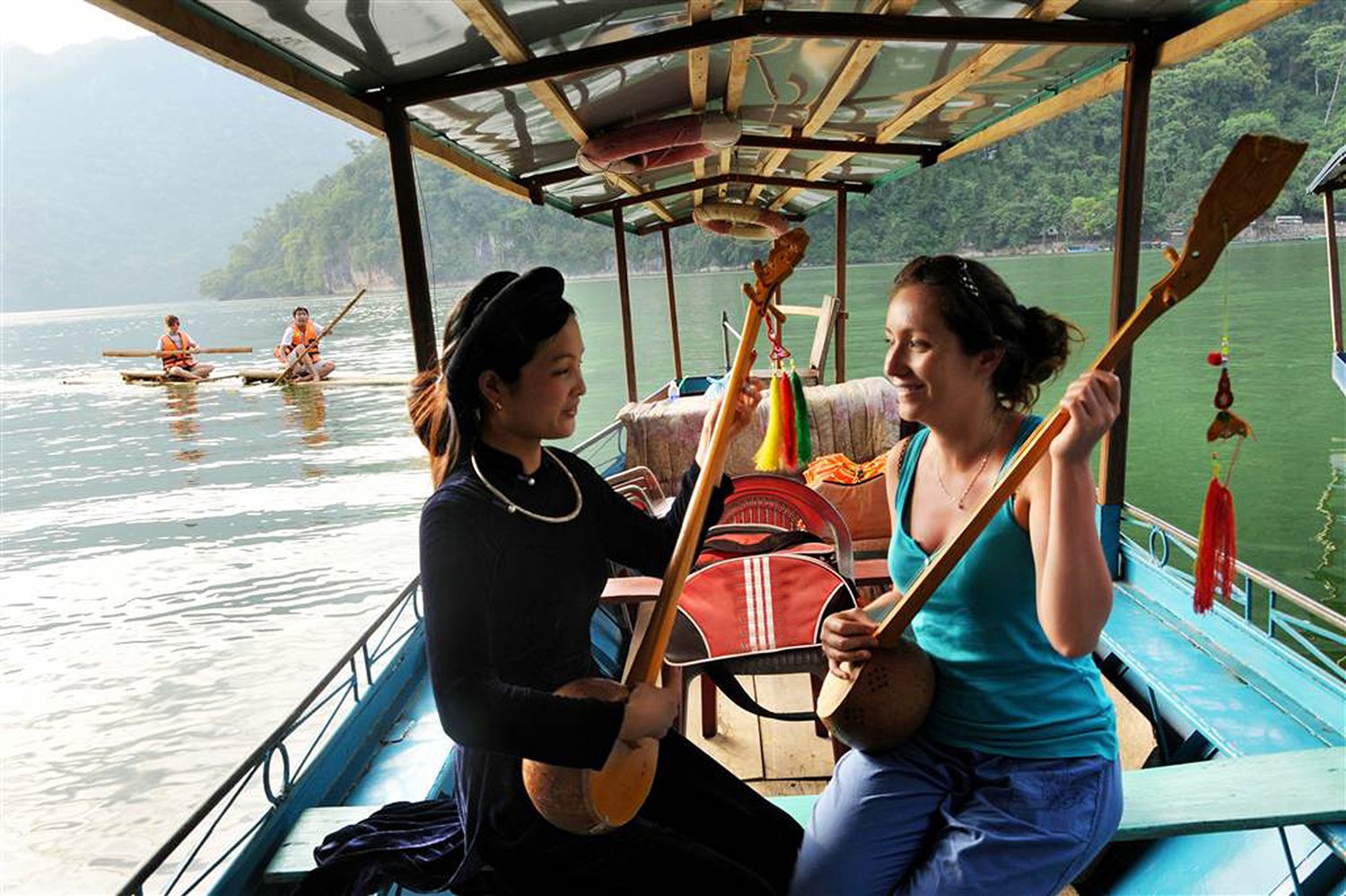
Policy on developing cultural tourism in the Viet Bac war zone
From the above reality, to effectively exploit the potential and promote the advantages of the region, it is necessary to deploy a comprehensive system of policy solutions, with inter-sectoral, inter-regional connections, and synchronization from planning, investment, product development to management and conservation. The proposed development orientation is as follows:
Diversify cultural tourism products
Cultural tourism products of the Viet Bac War Zone need to be built according to a system consisting of three groups: specific products, main products and supplementary products. Specific products are products that are unique and irreplaceable, typically revolutionary historical relics, the Safety Zone (ATK) system and places marking victories in the resistance war against French colonialism and American imperialism. Main products include traditional festivals, craft villages, local cuisine, traditional health care services, agricultural experiences and handicraft activities. Supplemental products serve the diverse needs of tourists, such as shopping, body care and beauty services (spa), registration points, check-in points, teambuilding (1) , organizing conferences, seminars, etc.
Cultural tourism products in the region are still primitive, lacking in appeal and not yet differentiated; therefore, it is necessary to organize research and develop products in a professional and modern direction, while still preserving the value of traditional cultural identity. Products need to ensure quality according to general tourism standards and community tourism standards of Vietnam and the ASEAN region. In addition to maintaining the program of sightseeing, returning to the source, and traditional education, it is necessary to diversify supplementary products to extend the length of stay and increase spending of tourists. For example, it is possible to develop experiential tourism, associated with agricultural production, organize outdoor activities, explore nature and build inter-provincial sightseeing routes.
Focus resources on investing in developing tourism products with brands and high competitiveness domestically and internationally, with special attention paid to revolutionary historical tourism products, traditional educational tourism, source tourism and activities to pay tribute to and remember the old war zone.
Promote and develop cultural tourism market
The strategy to promote destinations in the Viet Bac war zone needs to be implemented synchronously and professionally. It is necessary to take advantage of digital platforms, information technology, modern communications and social networks to bring the image of the Viet Bac war zone closer to domestic and international tourists. It is necessary to establish a digital data system, publish bilingual publications, organize trade and tourism promotion events, and participate in international fairs and seminars.
Developing human resources for cultural tourism
Developing sustainable cultural tourism requires high-quality human resources. Localities in the region should coordinate with training institutions and tourism universities to provide systematic training for human resources; at the same time, organize on-site training courses to improve knowledge, skills and attitudes for the workforce directly serving tourism. Building motivation and incentive mechanisms for workers in the cultural tourism sector is an important factor in maintaining a dedicated, professional and ethical workforce.
Developing cultural tourism infrastructure
Infrastructure systems play a key role in sustainable tourism development. It is necessary to invest in building and upgrading convenient traffic routes connecting the tourist market and destinations. In addition, developing a diverse accommodation system from homestays, small hotels to high-end resorts. Tourist reception points, tourist information centers, exhibition areas, documentary film screening rooms, and traditional theaters are built synchronously. In addition, attention should be paid to electricity, water, health care, public sanitation, and parking systems to ensure safety and convenience for tourists.
Preserve and promote cultural heritage values
To ensure sustainable development of cultural tourism, it is necessary to improve the legal system on the conservation and promotion of cultural heritage values. Increase budget investment in the conservation and restoration of relics and have policies to encourage socialization, creating conditions for the community to participate in the process of conservation and development of cultural heritage. In addition, tourism activities must be associated with the protection of landscapes, ecological environment and respect for local beliefs, customs and practices. Exploiting ecotourism and community tourism must be associated with education and raising awareness in the community about the value of cultural and natural resources.
Strengthening the organization and management of cultural tourism activities
State management of cultural tourism needs to be improved, focusing on building and implementing strategies and plans for long-term, synchronous and clear-cut cultural tourism development. Completing tourism regulations, national standards and norms on cultural tourism. Inspection, examination and supervision must be carried out regularly, ensuring tourism activities comply with legal regulations. Local authorities at all levels need to take the initiative, enhance their leadership, management and responsibility for the development of cultural tourism in the area.
Cultural tourism development policy
Cultural tourism development policies need to be specified in legal documents and policies of the central and local governments. Policies to promote cultural tourism development need to be implemented synchronously, such as investment policies, tax policies, credit policies, human resource development policies, promotion policies and infrastructure investment policies need to be implemented synchronously. The Vietnam tourism development strategy to 2030 clearly states the creation of a favorable business environment, promoting public-private partnerships and prioritizing resources for planning, market research, product development and tourism promotion.
Linking cultural tourism development
Developing cultural tourism in the Viet Bac resistance zone must be associated with regional and inter-sectoral linkages. Building inter-provincial tourism routes, organizing regional tourism events, connecting destinations, sharing information and experiences between localities will create a combined strength and effectively exploit rich cultural resources. Localities in the region need to coordinate research, planning and investment in developing routes and tourist destinations, on the basis of promoting the cultural identity and strengths of each locality, thereby forming a system of unique cultural tourism products in regional linkages. The advantage of tourism in the Viet Bac resistance zone is that in the near future, provinces with many similarities will be merged.
Developing community-based cultural tourism models
Community-based cultural tourism is a direction that is suitable for the characteristics of the Viet Bac war zone. According to ASEAN standards, community tourism is owned and operated by the community, contributing to improving livelihoods and preserving cultural heritage. Localities need to be unified in planning, investing and building community tourism models. Local authorities play a leading role in orienting, supporting and supervising community tourism activities. The development of community-based cultural tourism must be closely linked to the preservation of ethnic cultural values, sustainable development and ensuring the harmony of interests between parties.
To promote cultural tourism in the Viet Bac war zone in the coming time, it is necessary to pay attention to diversifying cultural tourism products, promoting marketing, building destination brands for the region, developing human resources, developing cultural tourism infrastructure, preserving and promoting heritage values along with reasonable exploitation, strengthening the organization and management of cultural tourism activities, strengthening cultural tourism development policies, linking cultural tourism development between provinces and cities in and outside the region, promoting community-based cultural tourism, and focusing investment resources on developing branded tourism products of the region.
In short, developing cultural tourism in the Viet Bac war zone requires the synchronous participation of the entire political system, the active participation of the community and businesses. Only when a sustainable cultural tourism ecosystem is built, with diverse, high-quality products, effectively promoted and strictly managed, can the Viet Bac war zone become an attractive destination and cultural tourism become an important economic sector of the region. The above orientation and solutions will be a solid foundation for cultural tourism in the Viet Bac war zone to develop sustainably, contributing positively to the socio-economy and promoting the image of Vietnam to the world./.
----------------
* Dr. Tran Van Tuy, former member of the Party Central Committee, former Secretary of the Bac Ninh Provincial Party Committee; Associate Professor, Dr. Lai Xuan Thuy, Senior Lecturer, Vietnam Women's Academy; Dr. Pham Thi Nhan, Vietnam Women's Academy
(1) Team building is a series of group activities in which group members participate in many different activities to increase solidarity, learning, and experience.
Source: https://tapchicongsan.org.vn/web/guest/van_hoa_xa_hoi/-/2018/1093002/phat-trien-du-lich-van-hoa-o-vung-chien-khu-viet-bac---thuc-trang-va-giai-phap.aspx








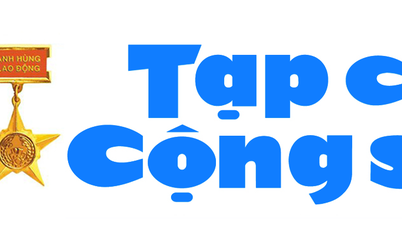


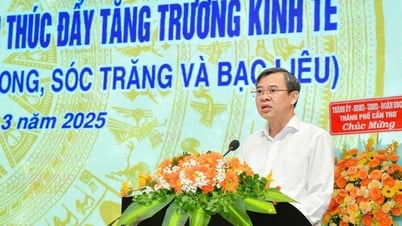

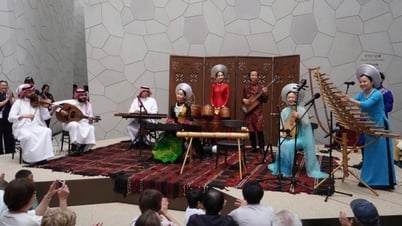

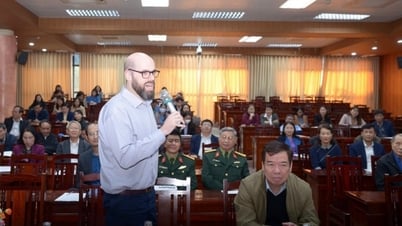




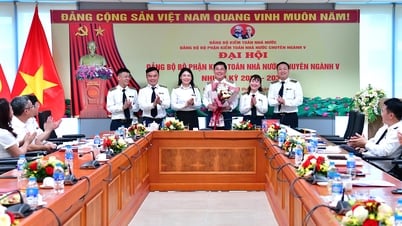
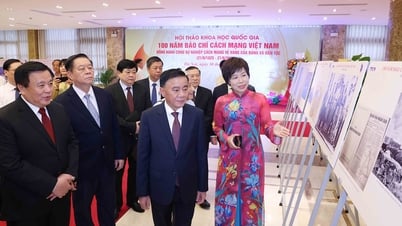
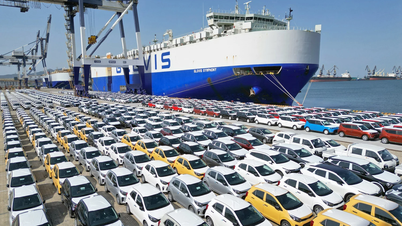

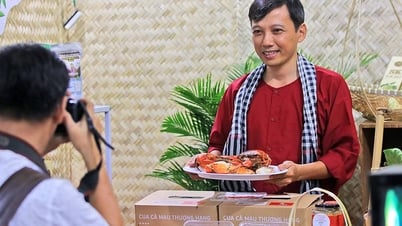
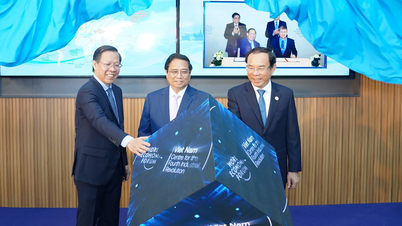

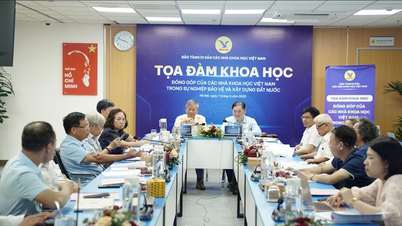





























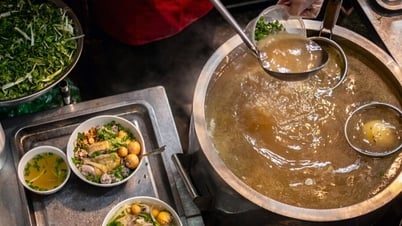

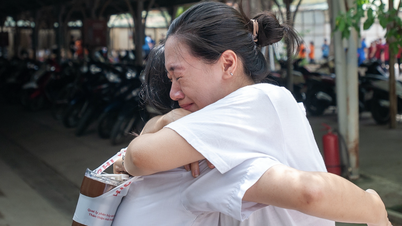





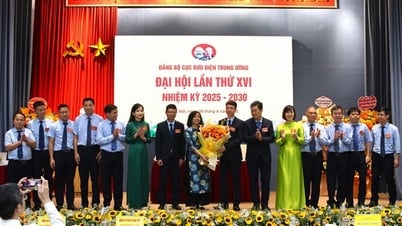






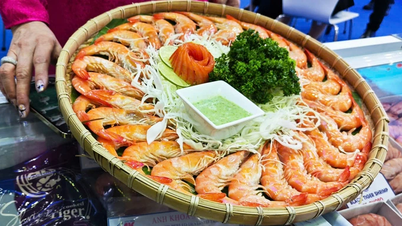

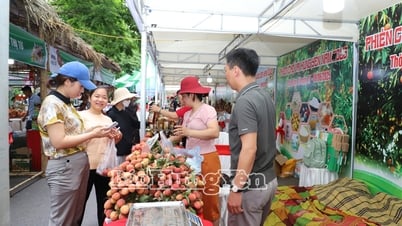



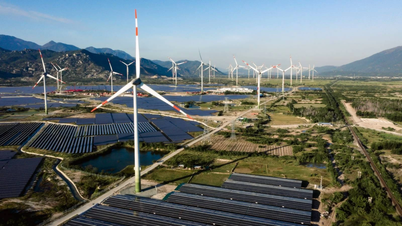
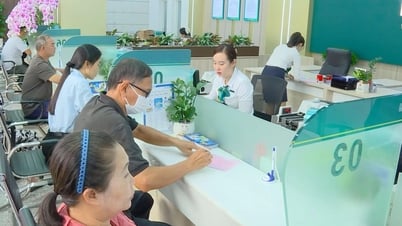








![[OCOP REVIEW] Tu Duyen Syrup - The essence of herbs from the mountains and forests of Nhu Thanh](https://vphoto.vietnam.vn/thumb/402x226/vietnam/resource/IMAGE/2025/6/5/58ca32fce4ec44039e444fbfae7e75ec)




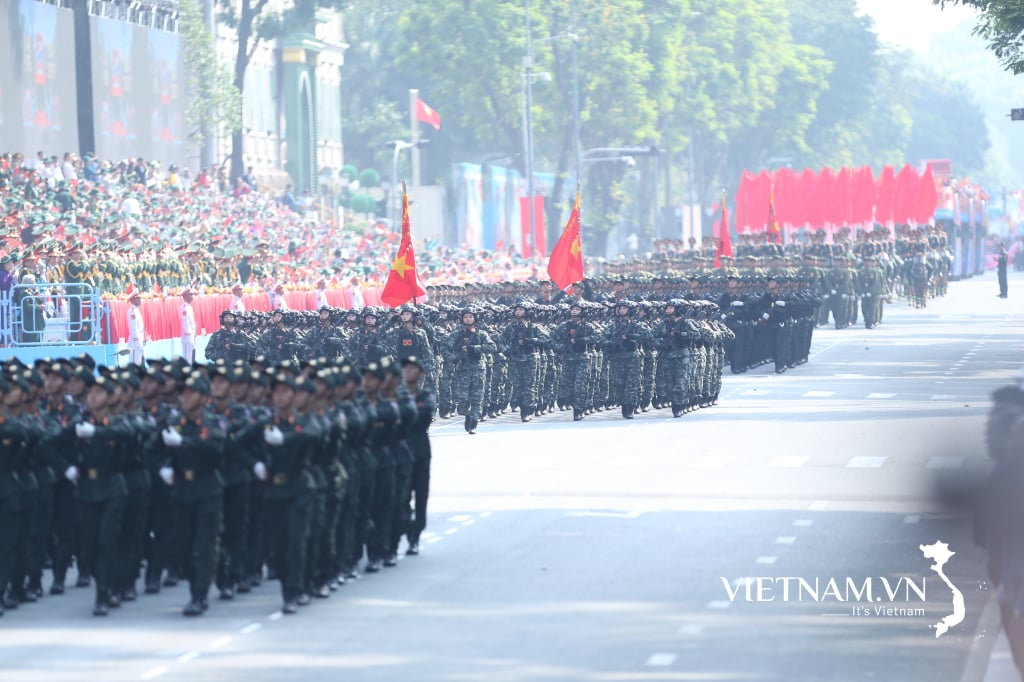
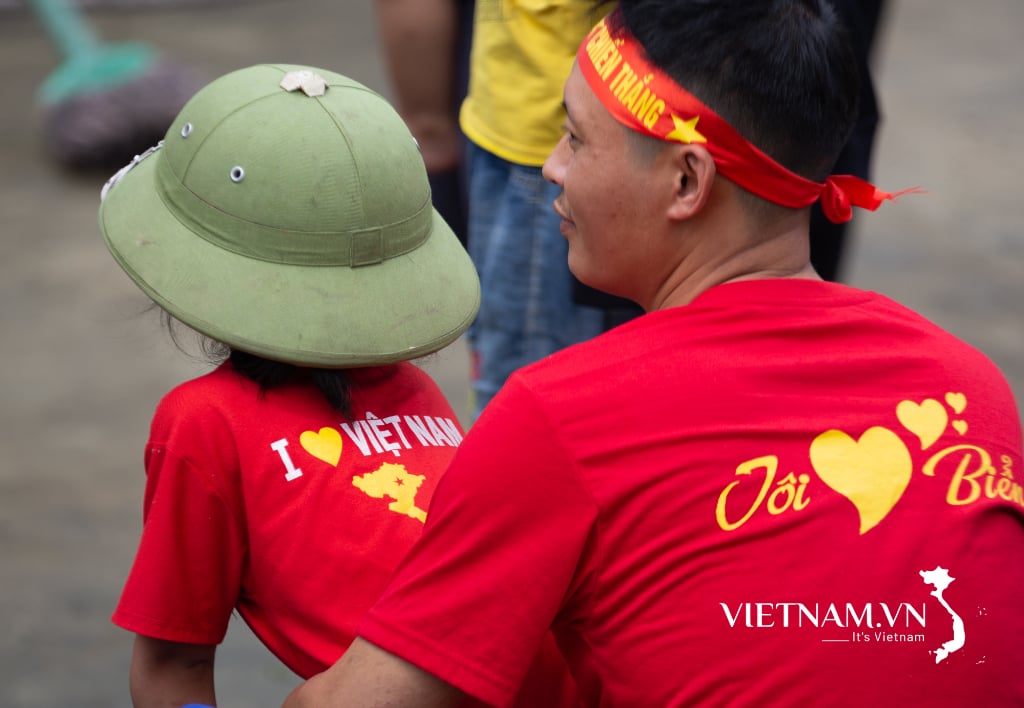

Comment (0)